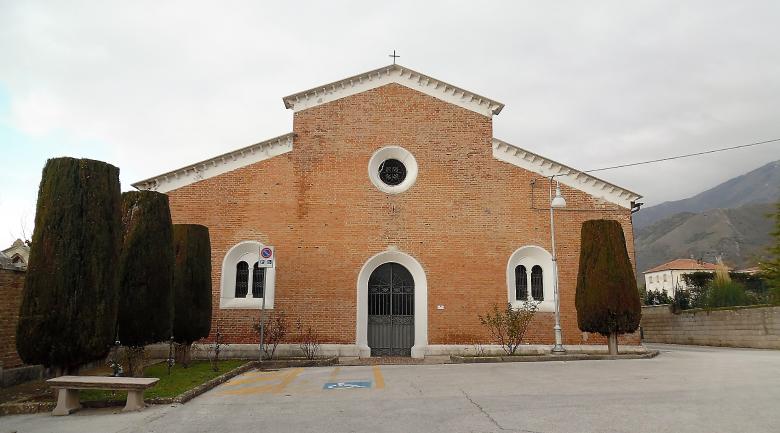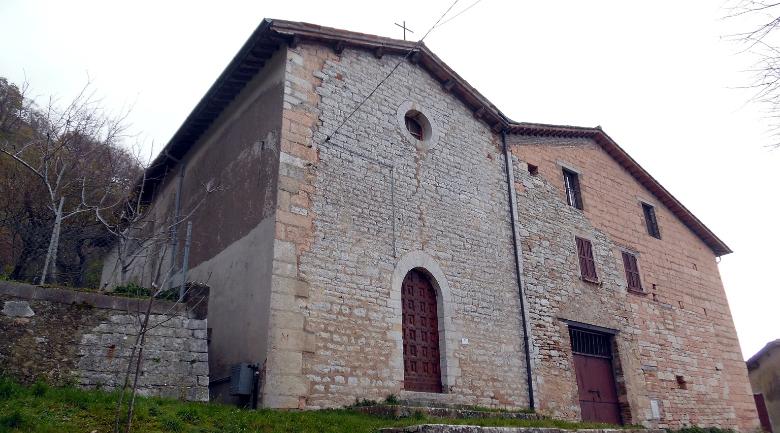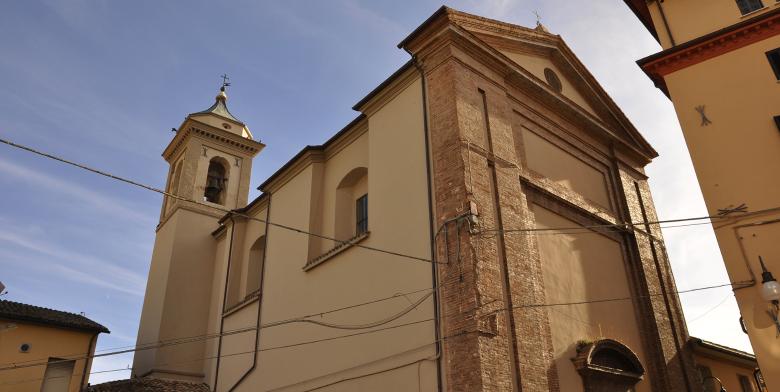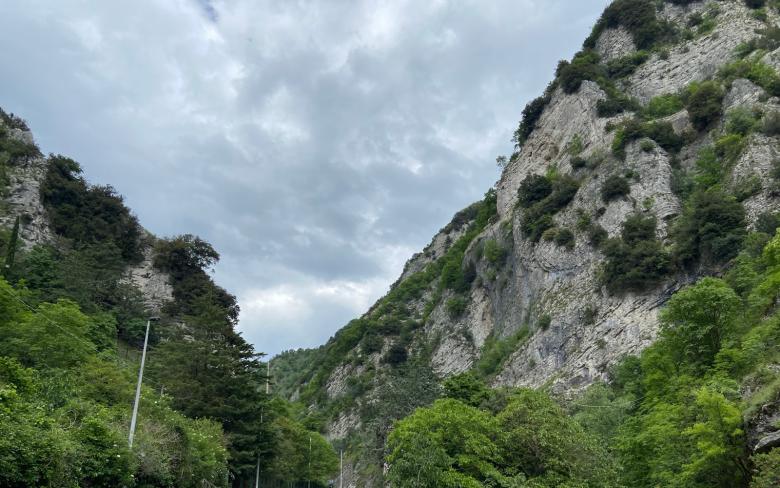The church was built entirely of hewn stone. The nave roof consists of an arched barrel vault, resting on a shelf that runs along the outer walls; the apse, with a small central slot, has a bowl-shaped cover (there are traces of an eighteenth-century fresco). Inside is an admirable 13th c. altar made of travertine, shaped as a stone supported by 14 slender columns connected by arches. The crypt, which is accessible by a narrow staircase at the base of the transept, is composed of a small room with an apse. The vaulted roof rests on single monolithic columns with Corinthian capitals (sixth century), probably coming from nearby buildings. The old hermitage, of which no trace remains, consisted of small stone and wooden cells.
According to historian Iacobilli, the abbey was founded in 1017 by San Romualdo who spent the last years of his life in complete seclusion. Over time, the abbey grew by absorbing many churches, but in the fourteenth century it began a slow decline until (1450) was given commendation by Pope Nicholas V. The abbots carried out restoration in the 16th century and were there until 1810 when Pope Gregory XVI gave them to the nearby monastery of Fonte Avellana. In 1861 the abbey's assets were suppressed by the Italian government that committed them to private parties; the church became a farmhouse and the baptismal font was transferred to the church in Isola Fossara. Then the Abbey was returned to the monks of Fonte Avellana who proceeded to restore it in 1972.






























.jpg/ab6c5eaf-a8e5-0411-8cd6-2e21411c2f2e?width=780)






